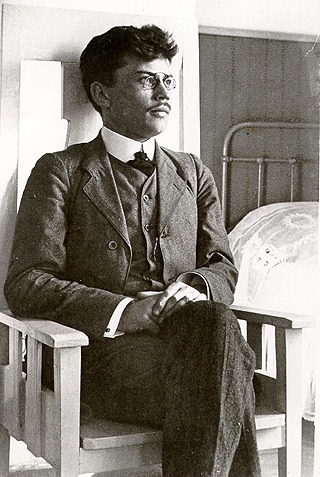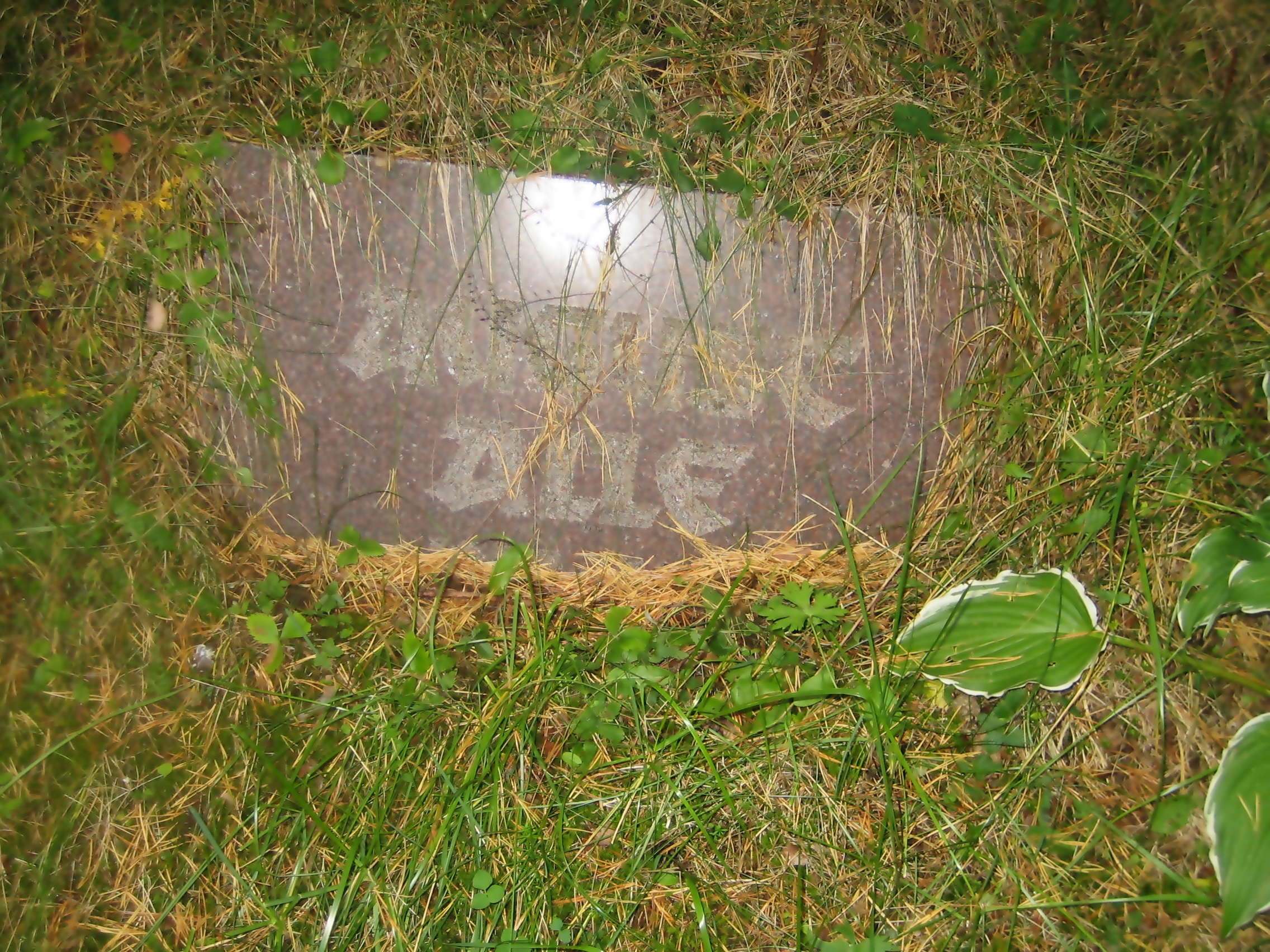|
Tarapita
Tarapita was an Estonian literature group which was active between 1921-1922. Tarapita has its own newspaper: ''Tarapita''. Members of Tarapita * Albert Kivikas * Johannes Semper * Marie Under * Artur Adson * Johannes Vares-Barbarus * Friedebert Tuglas * August Alle * Jaan Kärner * Aleksander Tassa See also * Siuru The Siuru literary movement, named after a fire-bird in Finnic mythology, was founded in 1917 in Estonia.Jean Albert Bédé, William Benbow Edgerton, ''Columbia Dictionary of Modern European Literature'', Columbia University Press, 1980, , p237Ru ... References Estonian literature 1921 establishments in Estonia Literary circles {{Estonia-org-stub ... [...More Info...] [...Related Items...] OR: [Wikipedia] [Google] [Baidu] |
Artur Adson
Artur Adson ( – 5 January 1977) was an Estonian poet, writer and theatre critic.Don Rubin, Peter Nagy, Philippe Rouyer, ''World Encyclopedia of Contemporary Theatre: Europe'', Taylor & Francis, 1995, , p248 Early years Artur Adson (born Karl Arthur Adson) was born in Tartu and attended school in Tartu, Sänna and Võru. After graduating he first studied surveying in Pskov. In 1925–26, he studied literature at the University of Tartu. Artur Adson was a surveyor, journalist and theater critic in Estonia and Russia. He met his future wife Marie Under in 1913 and were married in 1927. Literary career From 1917 Artur Adson was a member of the Siuru literary movement, which exerted great influence on the Estonian literature. Later Adson was also active in the Tarapita movement. In addition, Adson was one of the most outstanding poets in the Võro language of southern Estonia. As an often conservative theatrical and literary critic, he exercised influence on the cultural scen ... [...More Info...] [...Related Items...] OR: [Wikipedia] [Google] [Baidu] |
Marie Under
Marie Under ( – 25 September 1980) was one of the greatest Estonian poets. She was nominated for the Nobel Prize in Literature in 12 separate years. Early life Under was born in Reval (now Tallinn), Estonia to school teachers Priidu (1843–1930) and Leena Under (''née'' Kerner) (1854–1934). She had two older siblings, Evangeline (1880–1932?) and Gottried (1881–1882) and two younger, Berta (1885–1974), and Christfried (1887–1934). She attended a private German girls' school. After graduating, she worked as a salesclerk in a bookstore. In her free time, she wrote poetry in German. In 1902, she married an Estonian accountant, Carl Hacker. The couple had two children, Dagmar and Hedda, while living in Kuchino, a suburb of Moscow. However, in 1904, she fell in love with the Estonian artist Ants Laikmaa. Laikmaa convinced her to translate her poetry into Estonian and submitted her translated works to local newspapers. Return to Estonia In 1906, Under ... [...More Info...] [...Related Items...] OR: [Wikipedia] [Google] [Baidu] |
Estonia
Estonia, formally the Republic of Estonia, is a country by the Baltic Sea in Northern Europe. It is bordered to the north by the Gulf of Finland across from Finland, to the west by the sea across from Sweden, to the south by Latvia, and to the east by Lake Peipus and Russia. The territory of Estonia consists of the mainland, the larger islands of Saaremaa and Hiiumaa, and over 2,200 other islands and islets on the eastern coast of the Baltic Sea, covering a total area of . The capital city Tallinn and Tartu are the two largest urban areas of the country. The Estonian language is the autochthonous and the official language of Estonia; it is the first language of the majority of its population, as well as the world's second most spoken Finnic language. The land of what is now modern Estonia has been inhabited by '' Homo sapiens'' since at least 9,000 BC. The medieval indigenous population of Estonia was one of the last " pagan" civilisations in Europe to adopt Ch ... [...More Info...] [...Related Items...] OR: [Wikipedia] [Google] [Baidu] |
Albert Kivikas
Albert Kivikas ( in Groß-St. Johannis, Livonia, Russian Empire – 19 May 1978 in Lund) was an Estonian writer and journalist. He is best known as the author of the book '' Names in Marble'' ( et, "Nimed marmortahvlil"), the subject of which is the Estonian War of Independence. Life Albert Kivikas was born in Suure-Jaani, which at the time was part of the Russian Empire. His mother Anu Kivikas was a weaver. In his youth he published some of his works under the names A. Pedajas and Mart Karus. After the Estonian War of Independence, in which he participated as a volunteer, Kivikas became one of the few writers in Estonia to experiment with futurism. However, his best works are novels and short stories dealing with war and social problems in the rural environment. From 1941 to 1944 he served as a chairman of the Estonian Writers' Union. In spring 1944, Kivikas went into exile in Finland Finland ( fi, Suomi ; sv, Finland ), officially the Republic of Finland (; ), is ... [...More Info...] [...Related Items...] OR: [Wikipedia] [Google] [Baidu] |
Johannes Semper
Johannes Semper ( – 21 February 1970) was an Estonian poet, writer, translator and politician. He was born in Pahuvere (now Viljandi Parish), Kreis Fellin, in the Governorate of Livonia. A student and later a prominent scholar at the University of Tartu, he was briefly nominated as Minister for Education of Estonia when the country was occupied by the Soviet Union in 1940. He wrote the lyrics of the Anthem of Estonian SSR. Retrieved 14 June 2016. He died in Tallinn
Tallinn () is the most populous and capital city of Estonia. Situated on a bay in north Estonia, on the shore of the Gulf of Finland of the Baltic Sea, Tallinn has a population of ...
[...More Info...] [...Related Items...] OR: [Wikipedia] [Google] [Baidu] |
Johannes Vares-Barbarus
Johannes Vares (pen name Barbarus or Vares-Barbarus – 29 November 1946) was an Estonian and Soviet poet, medical doctor, and politician. Vares was born in a farmer family in the village of Kiisa, near Viljandi, Estonia. He received secondary education at Pärnu Gymnasium, and in 1910–1914 studied medicine at the University of Kyiv. Vares served as a military physician in World War I, and after that as a military physician for the Estonian Army during the Estonian War of Independence (1918–1920). He was awarded the Estonian Cross of Liberty for the participation. In the 1920s, Vares started working as a medical doctor in Pärnu. He subsequently became a well-known poet as well as a radical socialist, using the pen name Johannes Barbarus. When Soviet troops occupied Estonia in June 1940, Andrei Zhdanov forced president Konstantin Päts to appoint Vares as prime minister of a communist-dominated puppet government. Päts resigned in July 1940, and Vares formally too ... [...More Info...] [...Related Items...] OR: [Wikipedia] [Google] [Baidu] |
Friedebert Tuglas
Friedebert Tuglas, born Friedebert Mihkelson or Michelson (2 March 1886 – 15 April 1971) was an Estonian writer and critic who introduced Impressionism and Symbolism to Estonian literature. at Encyclopædia Britannica Persecuted by the authorities in the beginning of 20th century, he later became an acknowledged representative of Estonian literature in the . Biography Tuglas was born in , the son of a carpenter, and studied at the |
August Alle
August Alle ( in Viljandi – 8 July 1952 in Tallinn) was an Estonian writer.Endel Nirk, Arthur Robert Hone, Oleg Mutt, ''Estonian Literature: Historical Survey with Biobibliographical Appendix'', Published by Perioodika, 1987, p215 Early life August Alle was the son of a stonemason. He attended the parish school in Viljandi, then the evening school in Narva. In 1915, he enrolled as an external student in Oryol and began studying pharmacy, but he soon abandoned those studies. From 1915 to 1918 he studied medicine at the University of Saratov. From August 1922 Alle studied law at the University of Tartu. He postponed his final law exams until 1937. He subsequently practiced as a freelance lawyer. Literary career After studying medicine August Alle worked in Estonia as a journalist and lecturer, before he is completely devoted himself to writing. From 1919 he was one of the figures association with the Siuru movement. August Alle was also known as a columnist and literary critic. ... [...More Info...] [...Related Items...] OR: [Wikipedia] [Google] [Baidu] |
Jaan Kärner
Jaan Kärner (27 May 1891, in Käo village, then Kirepi Parish (now Elva Parish), Kreis Dorpat – 3 April 1958 in Tartu) was an Estonian poet and writer. He is known especially for his nature poetry. Many of his poems were set to music by Estonian composers of choral music. Kärner also wrote numerous novels, plays, works of literary criticism, and scientific literature and historical treatises. He translated works from German and Russian, most notably the poems of Heinrich Heine into Estonian in 1934. Life and work Jaan Kärner was born the son of a farmer, Kaarel Kärner and his wife Liis Kärner (''née'' Terav). He had one brother, Johannes, and five sisters: Anna Marie, Emilie, Pauline, Ida and Alma and two half-brothers Aleksander and August. He attended Uderna school from 1901 to 1906 (Rõngu). From 1910 Kärner worked in various magazines in Tallinn. 1911/12 and 1914 he studied at the City People's University "AL Schanjawski" in Moscow. From 1917 Kärner was also po ... [...More Info...] [...Related Items...] OR: [Wikipedia] [Google] [Baidu] |
Aleksander Tassa
Aleksander Tassa (5 July 1882 Tartu – 23 March 1955 Tallinn) was an Estonian writer and art personnel. He was one of the founder of Pallas Art School and society Pallas. 1918-1922 he was the director of society Pallas. 1931-1940 he was the director of Estonian National Museum's art and cultural history department. He died in 1955 and he is buried at Rahumäe Cemetery Rahumäe ( Estonian for ''"Peace Hill"'' or ''"Quiet Hill"'') is a subdistrict ( et, asum) in the district of Nõmme, Tallinn, the capital of Estonia. It covers an area of and has a population of 3,075 (), population density is . Rahumäe has a .... References {{DEFAULTSORT:Tassa, Aleksander 1882 births 1955 deaths Estonian male short story writers Estonian dramatists and playwrights 20th-century Estonian writers Estonian painters 20th-century Estonian painters 20th-century Estonian male artists Estonian illustrators Estonian caricaturists Writers from Tartu People from Tartu Burials at Rahu ... [...More Info...] [...Related Items...] OR: [Wikipedia] [Google] [Baidu] |
Siuru
The Siuru literary movement, named after a fire-bird in Finnic mythology, was founded in 1917 in Estonia.Jean Albert Bédé, William Benbow Edgerton, ''Columbia Dictionary of Modern European Literature'', Columbia University Press, 1980, , p237Rubulis, Aleksis. ''Baltic Literature.'' University of Notre Dame Press,1970. It was an expressionistic and neo-romantic movement that ran counter to the Young Estonia formalist tradition. Members Along with the founder August Gailit, the movement included the following young poets and writers: Marie Under, Henrik Visnapuu, Johannes Semper, Friedebert Tuglas, Peet Aren, Otto Krusten, and Artur Adson. Between 1917 and 1919, Siuru published three volumes of poetry. 1919 led to conflicts within the group. Visnapuu and Gailit left, while Johannes Barbarus and August Alle joined as new members. Program The members of Siuru had an affinity with futurism and Impressionism. Their poetry was often seen as scandalous due to their erotic nature ... [...More Info...] [...Related Items...] OR: [Wikipedia] [Google] [Baidu] |
Estonian Literature
Estonian literature ( et, eesti kirjandus) is literature written in the Estonian language (c. 1,100,000 speakers) The domination of Estonia after the Northern Crusades, from the 13th century to 1918 by Germany, Sweden, and Russia resulted in few early written literary works in the Estonian language. The oldest records of written Estonian date from the 13th century. ''Originates Livoniae'' in Chronicle of Henry of Livonia contains Estonian place names, words and fragments of sentences. The ''Liber Census Daniae'' (1241) contains Estonian place and family names.The Development of Written Estonian by George Kurman The earliest extant samples of connected Estonian are the so-called Kullamaa prayers dating from 1524 and 1528. The first known printed book is a bilingual German-Estonian translation of ... [...More Info...] [...Related Items...] OR: [Wikipedia] [Google] [Baidu] |








